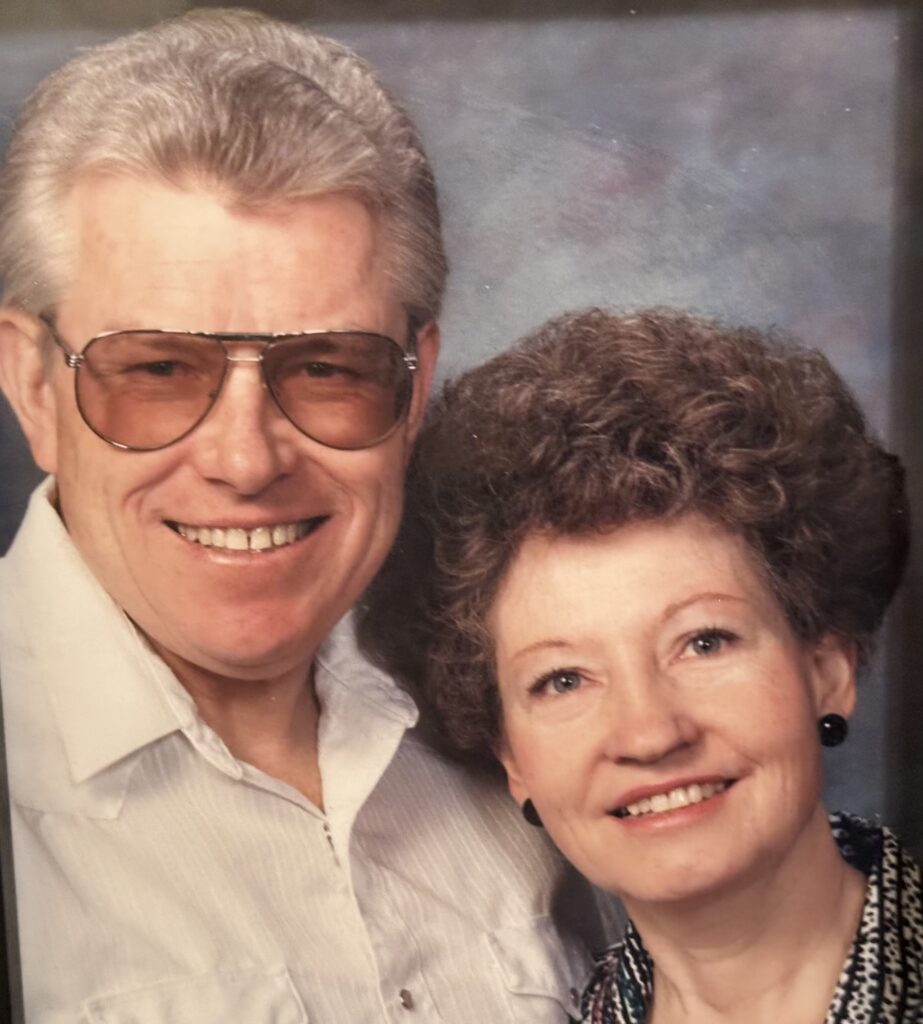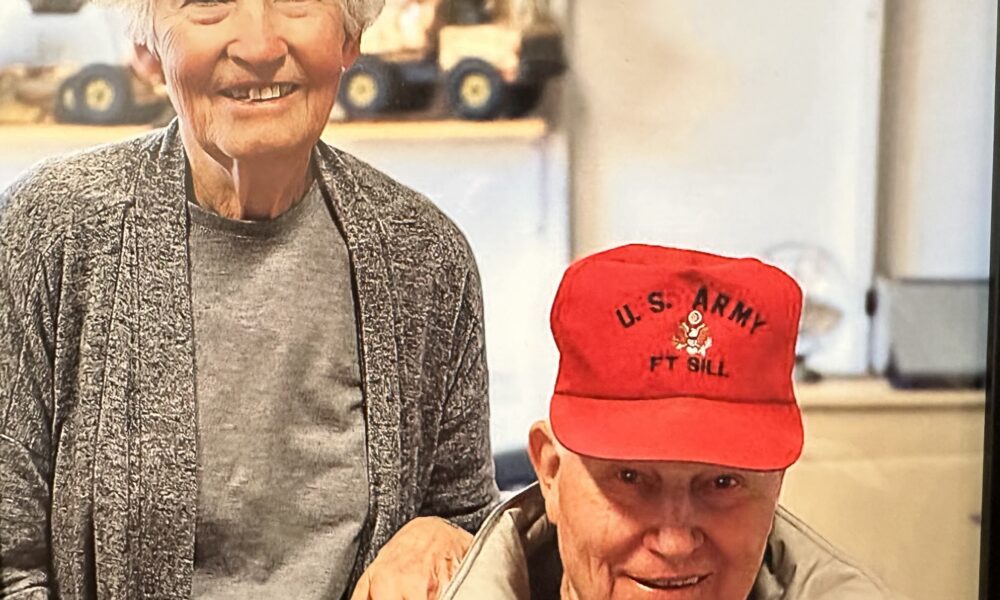Heritage Day: Mercers honored for leadership during 1983 floods and commitment to youth
Editor’s Note: The Lehi Historical Society is proud to present the stories of its 2024 Lehi Heritage Day honorees. Julian and Diana Mercer’s story is the eighth of eight articles about this year’s honorees. Each couple will be celebrated at Lehi Heritage Day on Sept. 2 from 2:30-6 p.m. at the Legacy Center, 123 N. Center. For more information about Lehi Heritage Day, visit lehihistory.com or call 801-768-1570.

When Lehi was threatened by heavy rains from the mountains in 1983, the late Julian Mercer headed the emergency preparedness committee for the hardest-hit area of downtown Lehi. His district, the 10th Lehi District of The Church of Jesus Christ of Latter-day Saints, was the only one with two waterways flowing through it – the sewer ditch and Dry Creek.
Julian posted block leaders with radios, served as the district’s liaison with the city, organized the filling of sandbags, supervised shifts to protect river banks, and helped build flood diversions around bridges.
In his most famous account of the event, he wrote: “None of us had any idea about sandbag throwing. We did not know what a sandbag looked like, how big it was, or how full it should be.”
After dealing with the sandbags, he said, “The purchase of sandbags by the private individuals presented our first major problem, as these people wanted to use the bags for their own houses. … The committee soon realized that this could not be a solo effort … we must work together to keep the water in the ditch and thus protect everyone. The beehive concept was soon realized. The fight could not be carried out house to house, that would be an impossible task.”
Although it took years to repair some of the damage caused by the flood, the community stuck together and no homes were lost.
Julian coached Little League Baseball and the Mustang League. He was a leader in the Boy Scouts and loved to participate in the Klondike. He ran for mayor in the mid-1970s, served on the county Board of Adjustment, helped his children with FFA projects, and sponsored some children by donating lambs for exhibitions.
Julian was born in a house on the corner of 400 East and 500 North to Charles Emmett and Katherine Geneve Evans Mercer. He grew up running around the streets of Lehi. His fondest memories are working with his father in the gold mines of Mercur and American Fork Canyon. He loved plowing the soil on the bench north of Lehi.
Julian graduated from Lehi High School and loved this community very much. He married Diana Brown, daughter of Dee Glenn and Ruth Nuttall Brown, in 1964. She grew up in American Fork and competed in several beauty pageants for Miss American Fork. After graduating from American Fork High School, she earned her cosmetology license and worked in the small salon on Main Street for several years.
Diana later worked in the cafeteria at Lehi Jr. High School. She enjoyed caring for Lehi’s children. She served in many LDS Primary and Relief Society general presidencies. She was always caring for others and helping young mothers adjust to their calling as mothers.
Julian has served in many callings in the LDS Church. He has written numerous articles for The Daily Herald and the Lehi Free Press. He enjoyed being involved in the Lehi Historical Society. He was dedicated to the history and culture that makes Lehi so great today. He died on February 5 of this year.
The Mercers have three children, Susan Mercer (1962–1965), Jeff Mercer and Julie Mercer Black (1971–2020), five grandchildren and seven great-grandchildren.
Julian and Diana loved the family farm, which they inherited from Julian’s mother. The well-kept farm and house were affectionately known as the “golf course.” They spent countless hours weeding, mowing the lawn, and planting flowers. Diana’s beautiful flower gardens were photographed for many magazines. Until recently, they always had a half-acre garden. They used most of what the garden produced, but were always quick to share with those who needed it.





